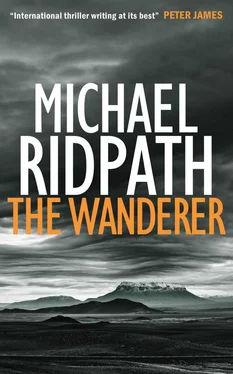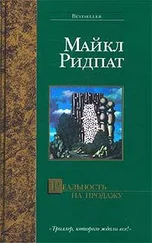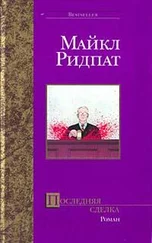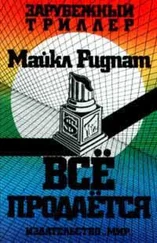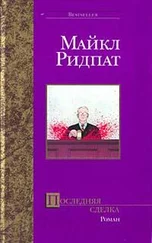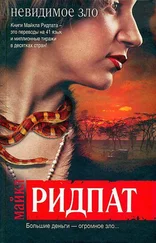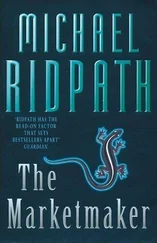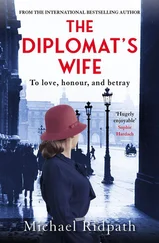‘Yes?’
‘Did you ever know a cop called Tryggvi Thór? Tryggvi Thór Gröndal?’
Thelma looked up at Magnus, thought for a moment and shook her head. ‘Must have been before my time. Why?’
‘Nothing,’ said Magnus.
On his way back to his desk, he wondered at Thelma’s answer. She must have been in the police department for almost twenty years. So it was odd that she had immediately assumed that Tryggvi Thór was before her time, unless she knew something about him already, like his age or the fact that he was retired.
Was it odd? Or was it a natural assumption? Magnus wasn’t sure.
An email from Sergeant Tacchini in Milan was waiting for him. A friend of Carlotta’s, Federico Trapanese, had been in touch. Federico had been discussing something to do with Iceland with Carlotta; Tacchini wasn’t sure of the significance, but Federico was willing to speak to Magnus on Skype. Tacchini had left Federico’s email address.
Magnus sent Federico a quick message, and within a couple of minutes he was in an interview room with the image of an anxious Italian student staring at him from a computer screen. Federico Trapanese was a thin young man with curly hair and startled brown eyes. Fortunately, his English was excellent.
‘I understand you were a friend of Carlotta Mondini?’ Magnus said.
‘Not a friend, really. More a friend of a friend,’ Federico replied.
‘So how do you know her?’
‘I met her last year,’ Federico said. ‘I had been in Rome doing some research for my dissertation.’
‘What happened?’
‘I stumbled across something there, in Rome. Something extraordinary. Something I found hard to believe...’
Federico’s pulse quickened as he passed along the avenue behind the enormous bulk of St Peter’s Basilica to the entrance of the Vatican Secret Archives and showed his card to the Swiss Guards in their absurd yellow-and-blue-striped uniforms. Like most historians, he loved libraries, especially old ones: the smell, the silence, the atmosphere of reverence for ancient learning and the ghosts of past scholars. The exclusivity of this one and the fact it was guarded by big men in pyjamas added to its allure. He collected the volume waiting for him at the distribution desk in the Index Room and went through to the Reading Room, where he was pleased to see that the desk he had occupied the day before was vacant.
In fact, there were only three other scholars in the room, which made a wonderful change from the crowds of tourists in Rome that week after Easter, 2016.
The desk was a beautiful mahogany construction, and it stood next to one of the tall windows that overlooked the Cortile della Biblioteca, a tiny courtyard in the middle of the Vatican complex. Federico plugged his laptop into a discreet socket and carefully opened the book in front of him.
The Vatican Secret Archives weren’t strictly secret, although access was very much restricted. The ‘Secret’ in the title really meant private: the library housed centuries of private papers and books from popes through the ages, but access was granted to a limited number of carefully vetted scholars.
Of whom Federico was now one. He was spending a week in Rome researching Italian missionaries to China in the seventeenth century, and his supervisor back at the University of Bologna had secured him access to the library to seek out reports sent by these priests back to the Pope in Rome. They were all in the form of handwritten letters, but the volume in front of him was the printed memoir of a seventeenth-century Italian ship’s captain who had sailed to China and the New World. On one of his voyages, the captain had transported two of the missionaries Federico was studying.
The book had been printed in 1658, and it looked as if scarcely anyone had read it since then. Wearing white cotton gloves, Federico leafed through and found the relevant voyage. He spent a couple of hours or so deciphering the narrative and typing up notes. Then he gave himself a break and grabbed a shot of coffee from the little kiosk in the courtyard below his window. When he returned to his desk, he idly leafed through the rest of the book.
Four pages from the back, pressed so flat that it was easy to miss, he came across three sheets of paper covered in brown writing. Old paper. Ancient paper.
Curious, he carefully extracted the sheets and laid them out on his desk. He glanced around him: the reading room was almost empty.
He examined the letter, for that was clearly what it was.
What he read startled him. The text was written in a Genoese dialect, with which he was only slightly familiar. He rushed back to the Index Room and the librarians directed him upstairs to the Sisto V room, where he found a Genoese dictionary.
He spent the rest of the afternoon painstakingly translating the letter into modern Italian. Then he transcribed the original on to his laptop. And then, when he was sure no one was looking, he took surreptitious photographs of it with his phone.
Finally, when he had done all of that, he took the book and the letter to the distribution desk to tell them what he had found.
A week later, back in Bologna, Federico was having a quick cup of coffee with an old friend of his, Guido, a fellow graduate student in history. They were sitting outside a little café in an alley just off the Piazza Scaravilli, which was perfectly placed to give its customers a choice of morning spring sunshine or shade. They had chosen the sun.
‘So how was Rome, Federico? Were the secret archives all they are cracked up to be?’
‘Yeah, I’d say so. And I found something; something pretty incredible.’
‘In the library?’
‘Stuffed in the back of the memoirs of a ship’s captain. It was a letter from Christopher Columbus to his younger brother Bartholomew in Lisbon. Written in Galway in 1477. Can you believe it?’
‘Jesus!’ Guido, usually unflappable, sat upright. ‘What the hell was that doing there?’
‘It contained notes made by Christopher Columbus about his visit to Iceland on an English ship from Bristol. It describes a failed attempt they made to get to Greenland. And then, while Columbus was in Iceland, a priest told him about the sagas which described the Viking exploration of North America. Columbus wrote it all down, including detailed navigational instructions from Greenland to some place called Hóp, which is somewhere on the Atlantic coast of what the Icelanders called Vinland. That’s America. I suppose someone way in the past must have thought it was relevant to my seventeenth-century ship captain’s travels and stuffed the letter in his memoirs.’
‘You’re right, that is incredible! Where is Galway? Scotland?’
‘Ireland. It seems Columbus stopped there on his way back from Iceland.’
‘So what did you do with the letter?’
‘I handed it in to the library staff. But I made a copy and took some pictures. Here.’
Federico fiddled with his phone and showed a picture to his friend.
Guido whistled. ‘Cool! Is it real, do you think?’
Federico smiled ruefully. ‘The Vatican don’t think so, but they said they would get it analysed and let me know. I spoke to my supervisor here about it and he said that there is no chance it’s authentic. Apparently there is a reference to a visit to Iceland in 1477 in Columbus’s letters, but it’s all vague. And by that time the Icelanders would have forgotten all about America, if in fact the Vikings ever did get there. He says that the Icelanders and the Norwegians are desperate to prove that the Vikings discovered America before Columbus, and one of them will have faked it. There are a lot of Columbus forgeries.’
‘But the Vikings did discover America, didn’t they?’ Guido said.
Читать дальше
